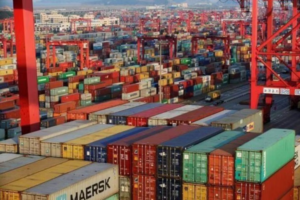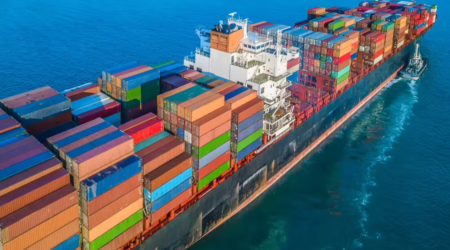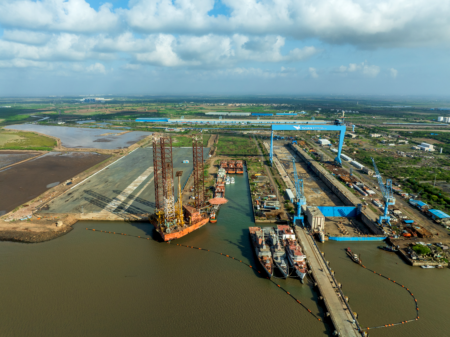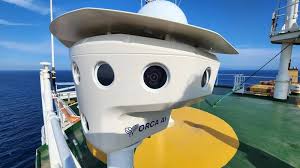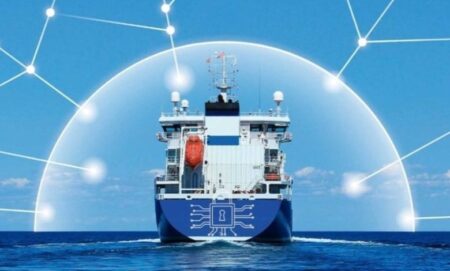Major shipping lines are registering ships in India as new reforms, port upgrades and shipyard growth transform the maritime sector.

In a dramatic shift reshaping the global maritime landscape, some of the world’s largest shipping lines, including CMA CGM, Maersk and MSC, have begun reflagging vessels to India, signalling the nation’s strongest push yet toward core participation in global ship ownership.
For decades, India’s presence in international ship registries was overshadowed by flags of convenience such as Panama, Liberia and the Marshall Islands. Today, that script is being rewritten.
“The phrase ‘Made in India’ may soon extend to the very ships that carry global trade itself,”
says Supal Shah, CEO of Sarjak Container Lines “For India, this moment is more than symbolic; it’s structural.”
Policy Tailwinds Driving the Wave
This reflagging surge stems from the Government of India’s sweeping ₹70,000-crore package for shipbuilding, ship repair and port modernisation. By classifying shipyards as infrastructure, the government has unlocked long-term credit, tax concessions and easier capital inflows.
Flagging momentum is also supported by mega projects such as the ₹76,000-crore Wadhwan Port and expansions across multiple non-major ports designed to boost export-led growth.
Orders and Upgrades Already Underway
Global carriers are wasting no time:
- CMA CGM has ordered six LNG-powered 1,700 TEU vessels at Cochin Shipyard worth ₹3,000 crore.
- Maersk has reflagged Maersk Vilnius (1,810 TEU) and Maersk Vigo (1,740 TEU) from Singapore to India, citing “progressive maritime reforms” and strong economic fundamentals.
- MSC, the world’s largest carrier, has confirmed similar plans.
Why Reflagging Matters
Under India’s cabotage rules, foreign-flagged ships cannot transport cargo between Indian ports. Indian-flagged tonnage can, giving reflagged carriers access to booming coastal, feeder and first-/last-mile cargo segments.
Adding further motivation, the Competition Commission of India has linked continued antitrust immunity for vessel-sharing agreements to deploying at least 5% capacity on Indian-flagged ships.
Shah describes it as “a balanced carrot-and-stick strategy that has made India’s registry more attractive than at any point in recent memory.”
More Than a Geopolitical Hedge
While Red Sea and South China Sea disruptions pushed carriers to diversify operations, experts insist India’s momentum is structural, not reactive.
“India is evolving from a manpower hub into a maritime ecosystem, spanning shipbuilding, repair, crewing and financing,”
says Shah. “If executed well, we could evolve from the world’s largest supplier of seafarers into a ship-owning nation of consequence.”
Ripple Effects Across Industry
Reflagging is expected to:
- Stimulate demand for ship spares, dry-dock services and local yards
- Create skilled employment
- Accelerate India’s ambition to become a regional shipbuilding hub by 2030
- Generate forward orders for Indigenous shipyards
“For Indian shipyards, this is a commercial inflection point,” Shah adds. “Flagging creates the pipeline; building creates the capability.”
A New Chapter at Sea
With the world’s most influential carriers preparing to hoist the Indian tricolour at their sterns, the transformation of India’s maritime economy no longer appears aspirational; it’s already underway.
Source: PR



